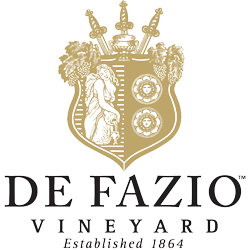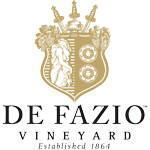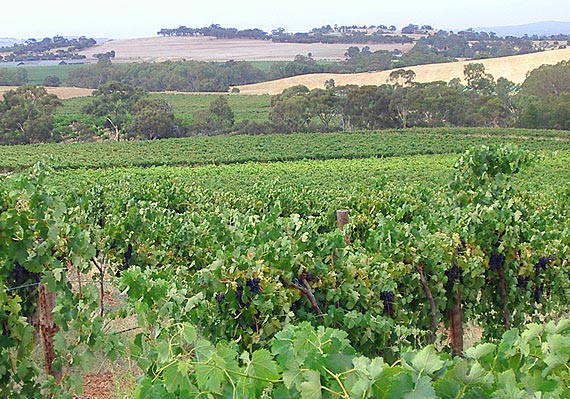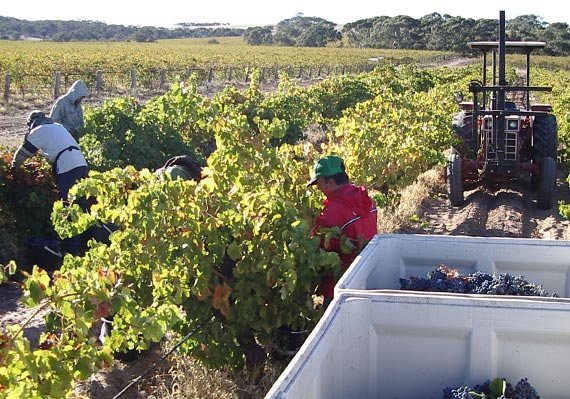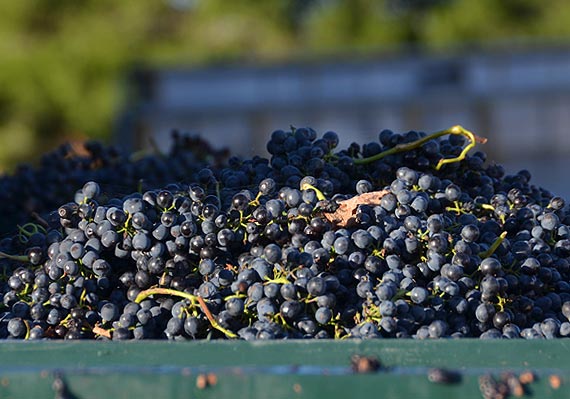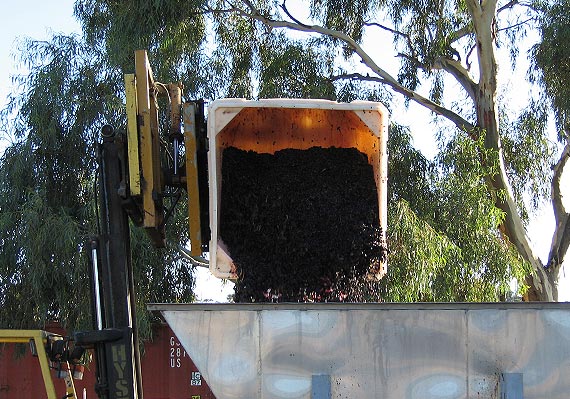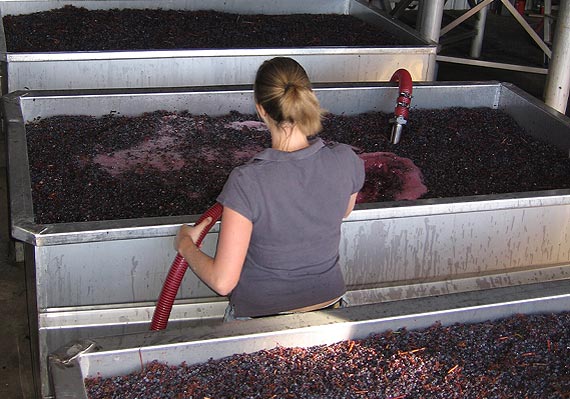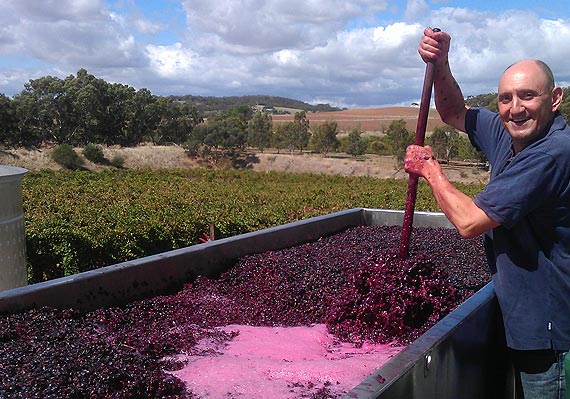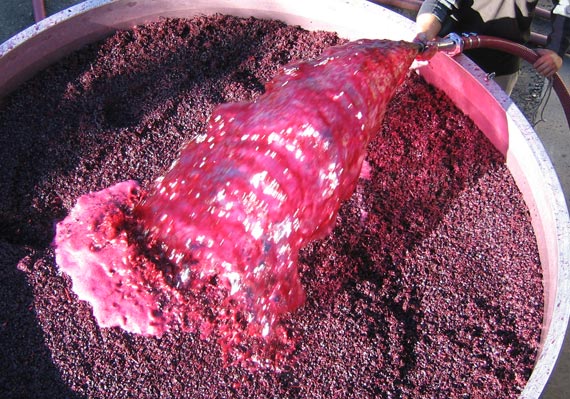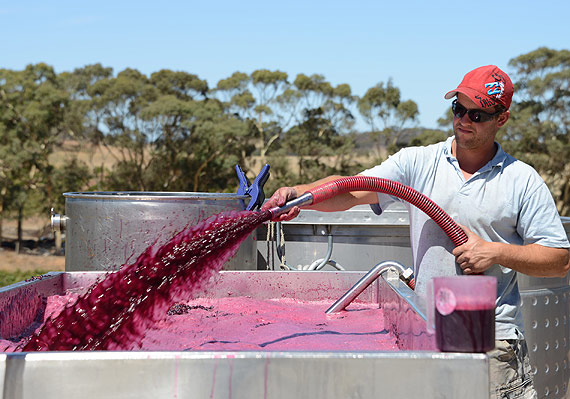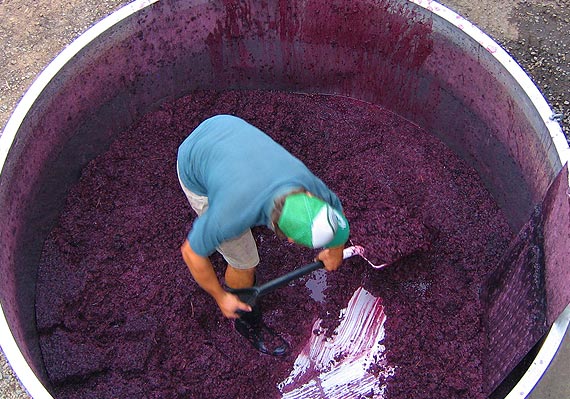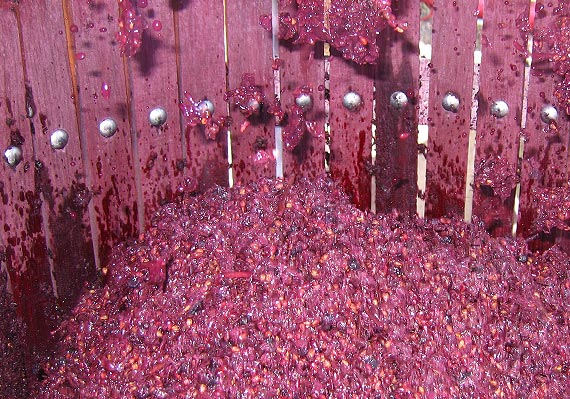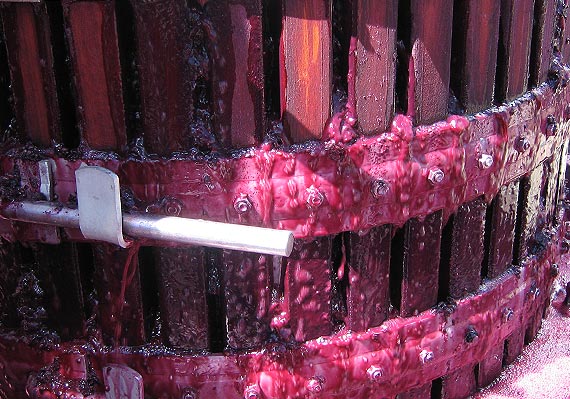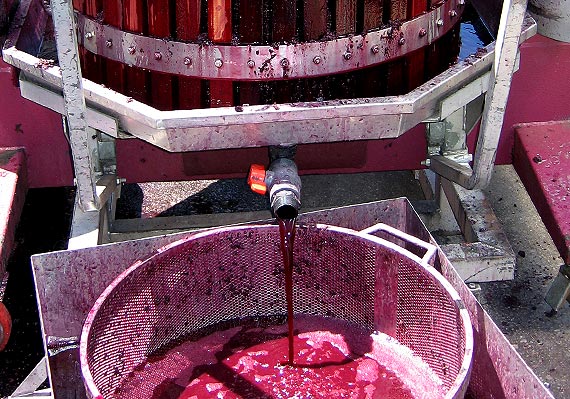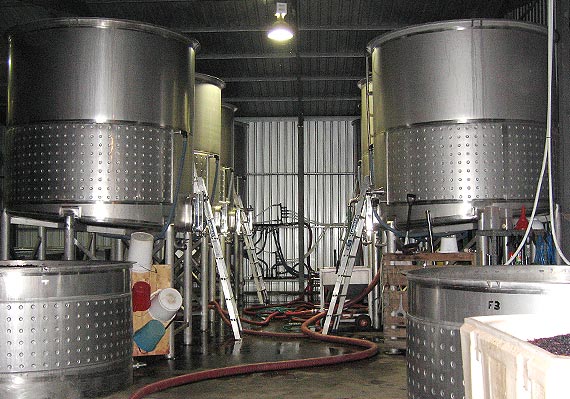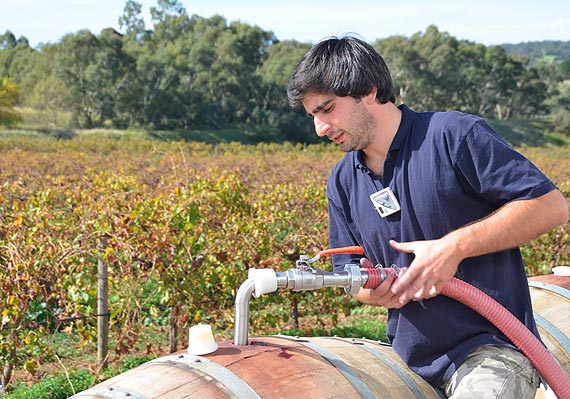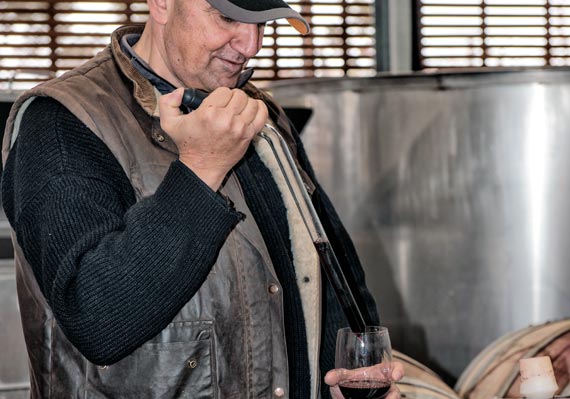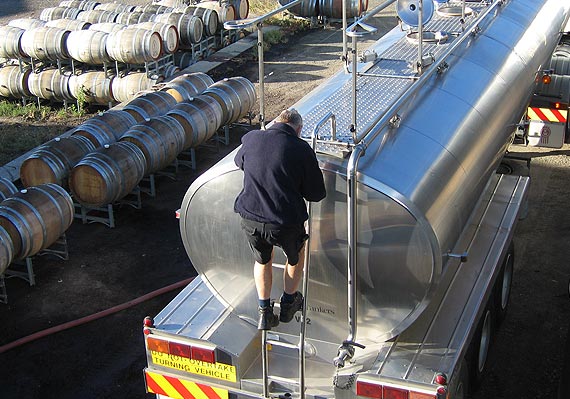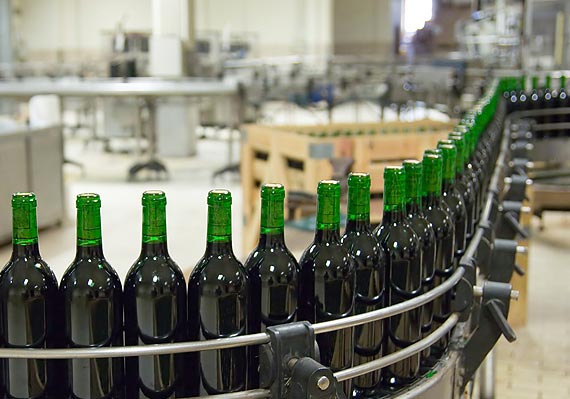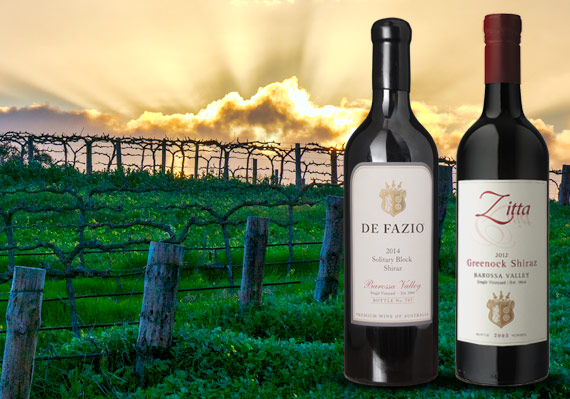WINE IN THE BLOOD
WINEMAKING
![]()
Angelo’s knowledge of each individual block, and the characteristics of the grapes produced on them, is fundamental to his hands-on winemaking approach. Drawing on skills and knowledge passed down through his family from generation to generation, he works with small, select parcels of fruit, utilising wild yeast, open fermenters, basket pressing and long barrel aging to produce unmistakable character and depth.
Listening to, and watching his father as he went quietly about turning the gift of each vintage into fine wine was how Angelo learned most of the techniques of good wine making. Angelo recalls hearing his father say often, “A good wine starts in the vineyard. There are no short-cuts. Be patient, look after the land and take care of your vines.”
And he’d continue, “The wine making process can’t be rushed. It’s simple and natural and takes care of itself, as long as you understand the stages it goes through, you only need to nurture it.” He’d finish by saying “Don’t over-work it – the wine needs time to rest in order to develop.”
Understanding the different characteristics that each section of the vineyard will impart to the grapes growing on it is the key and knowing how to bring these together to achieve a desired result. Acid, tannin and fruit characters such as blackberry, black cherry, raspberry, black currant and mulberry are just some of the flavours which can be found in grapes grown in different sections of the vineyard.
Differences in elevation, soil types, clone variety and micro-climates will all influence the characteristics of each vine and therefore the wine. In fact, absolutely everything that happens in the vineyard can ultimately enhance the quality of the wine. Consequently, that’s where most of the work in the creation of wines from the De Fazio Vineyard occurs.
![]()

Assessing whether grapes are at their optimum is not a scientific process, but simply a matter of tasting to pick out flavours. Squeezing grapes in the palm of your hand can also instantly reveal colour, sugar, tannin and weight, which gives a good indication of the likely structure of the wine well before it’s made.
By varying the time of picking and the selection of grapes used from different sections of the vineyard, Angelo can achieve the complexity, characteristics and finesse of the wines made – a must when producing single vineyard wines.
Barrels are selected to ensure the characteristics of each parcel of fruit are complemented, not influenced. A combination of new and old French and American oak barrels are used, with varied degrees of toasting and grain texture to add another layer of complexity to our Zitta label wines.
For the De Fazio label, high quality, imported fine grain French oak barrels are employed, exactly as the old-world winemakers of Europe have used for centuries. This extra attention paid to barrel type is just one of the important details, that Angelo insists makes the range of wines under the De Fazio label special.
This is the traditional process for the creation of premium wine. It does take a lot of patience and discipline, particularly when we know how good the wine is even after a relatively short period, but ensuring every drop has the time it needs to fully develop its individual character pays off handsomely when that first sip is finally savoured.
The wines featured under the De Fazio label and Zitta premium red wines are allowed to mature in the barrel for a full two years prior to bottling, then cellared for at least a further 12 months or more prior to release. Each vintage is different and we will not release our wines until we’re happy with them.
Once released our wines will reward those who have the patience to cellar them longer as we retain all tannins and tartrates to allow greater complexity to develop.
The eternal question, but according to Angelo his father believed wine has two stages in its life. The first is spent slowly developing until it reaches its peak. The second is its graceful decline, as fruit characteristics and flavours subside. The exact timing of these stages can vary depending on the vintage and personal taste, so it’s very much up to the individual as to when a wine should be drunk.
Premium wines improve with bottle ageing. As wines age, they develop changing characteristics and acquired flavours. For those who do enjoy cellaring and aged wines, both Zitta and De Fazio labels will reward your patience. In keeping with wine making tradition, all wines are bottled without fining or filtration, which allows the wine to further develop in the bottle and maximise its cellaring potential. It’s also recommended proper decanting of the wine before a glass is poured.
Still confused? Well, as Gaspere would say, “just drink it when you’ll enjoy it!”.
WHERE IT HAPPENS
![]()
Watch how we carefully turn our precious fruit into exquisite single-vineyard estate wines.
